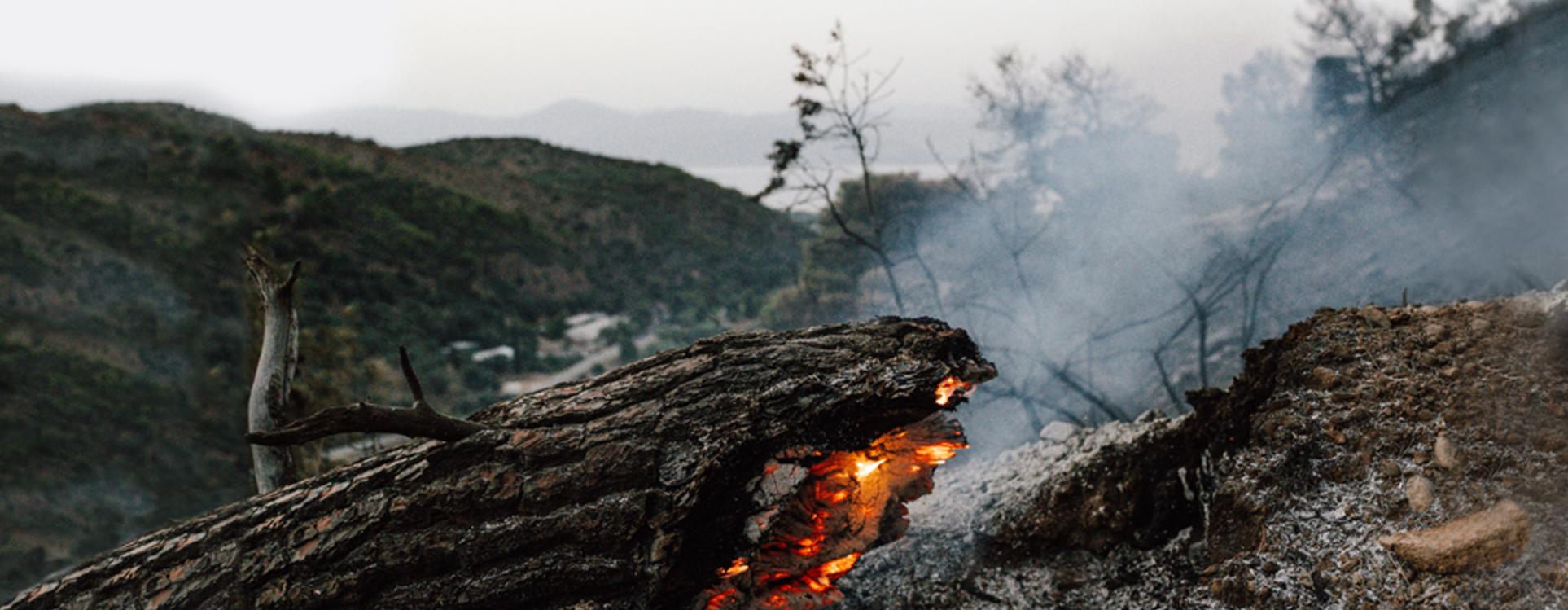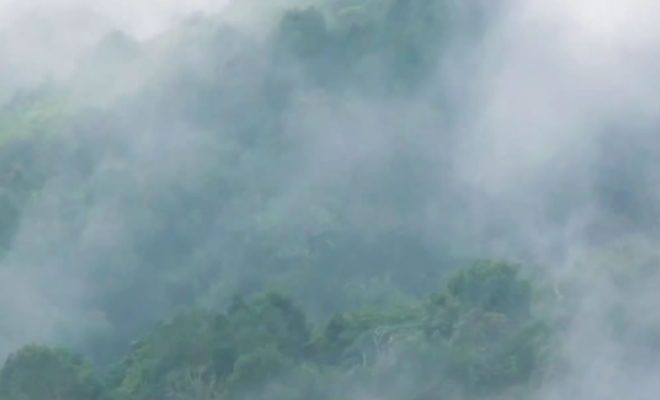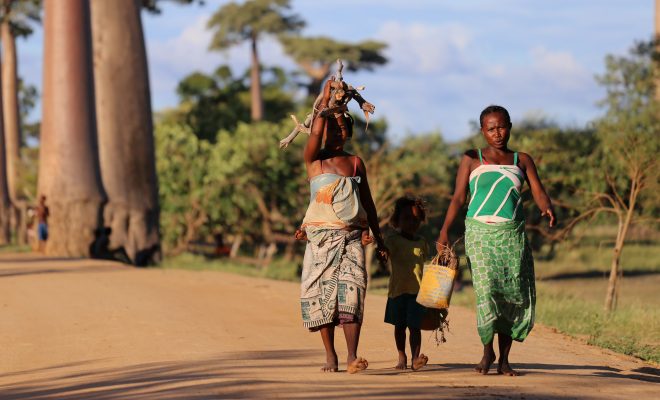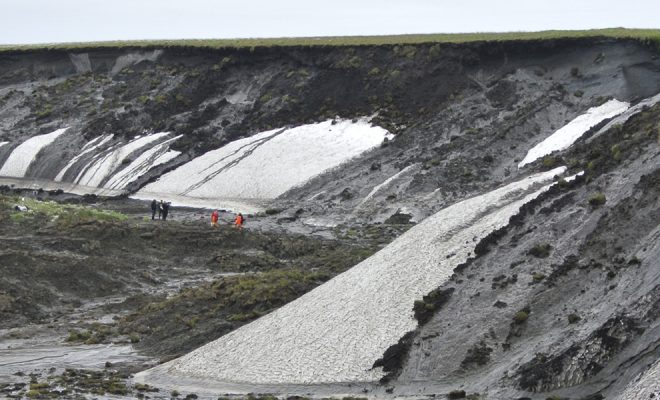“We saw hell appear through the window. We ran out while our house and those of our neighbours burned in a matter of seconds.” The statements of those fleeing the fire that broke out in August 2021 on the Greek island of Evia impacted social networks and the media. The nighttime images of the inhabitants of the village of Kamatriades forming a human chain to protect their homes from the flames with branches and blankets are still used as a graphic reference to the horror of the fires and the helplessness of the population that suffers from them.
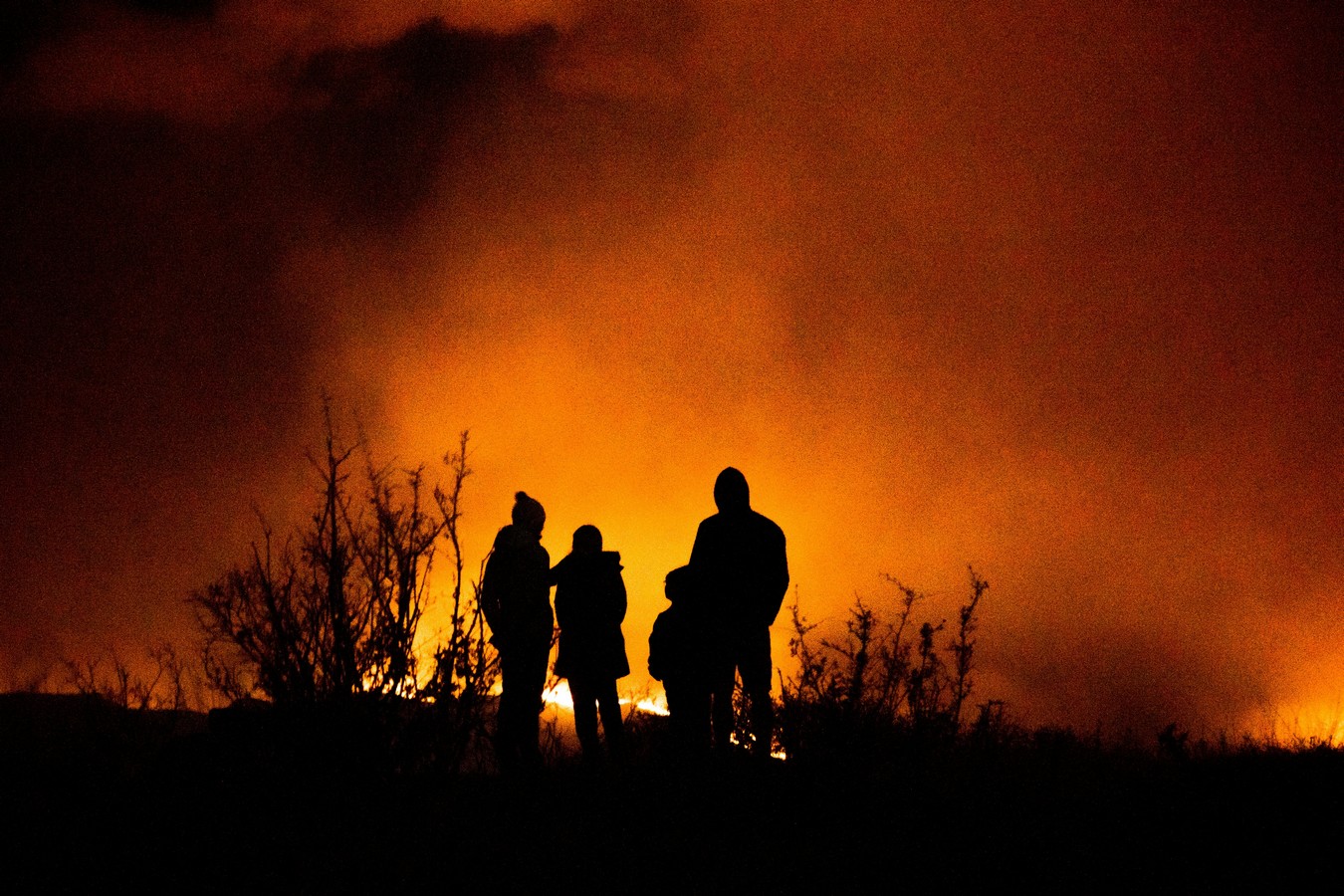
The most disturbing image of the climate crisis is a burning forest. © Caleb Cook / Unsplash
The (Almost) Silent Boreal Fire
The symbolic impact of fire is what resonates the most. The media in the northern hemisphere, both in Europe and America, are selective. Fires affecting the most populated areas of Europe, North America, and Asia capture attention, but few know that approximately 70% of all tree cover loss related to fires in the past two decades has occurred in the continental belt surrounding the Arctic, the so-called boreal regions.
In these 20 years, boreal forest loss related to fire has increased by 3% annually, equivalent to around 110,000 hectares, approximately half the global increase between 2001 and 2022.
The boreal forest, also known as the taiga, is the largest terrestrial biome in the world. It represents about 30% of the global forest area and contains more surface freshwater than any other biome. It spans primarily eight countries: Canada, China, Finland, Japan, Norway, Russia, Sweden, and the United States. It is generally composed of coniferous species, such as pines and firs, with some deciduous species, like aspens and birches.
These forests grow in high-latitude environments where sub-zero temperatures prevail for six to eight months. Climatologists point out that the increased fire activity might be due to these regions warming faster than the rest of the planet. For example, according to data from the World Resources Institute, in 2021, Russia experienced a dramatic loss of burnt tree cover of more than 5.4 million hectares, the largest extent recorded in the last 20 years, representing a 31% increase compared to 2020.
The relationship with heat waves is symptomatic. In Russia, the 2021 fires coincided with long periods of abnormal temperatures. In Canada, the worst record of burnt area in 2023 occurred with record-high temperatures (exceeding 40ºC in many cases), and a long drought period from January to July led to the burning of 9.5 million hectares of forest, an area equivalent to the size of Portugal.
The boreal forest historically registers the largest burnt area, but also the Amazonian, Central African, and Indonesian forests, despite their high humidity levels, suffer the scourge of fires as well. This is illustrated in Figure 1.
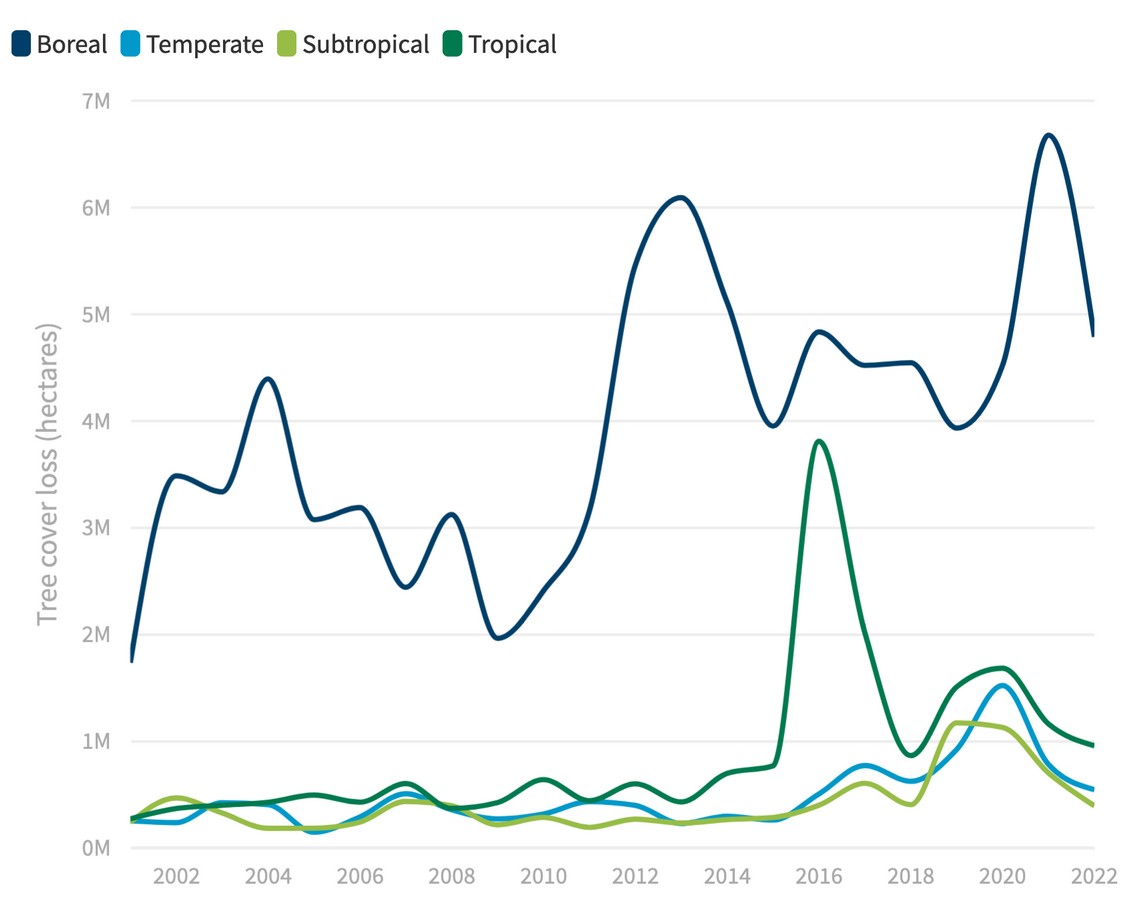
Figure 1. Burnt forest area from 2001 to 2022 for boreal, temperate, subtropical, and tropical regions. This graph shows how the burnt area has varied over these years with an upward trend in all regions. © World Resources Institute
Not Only Fire Destroys Forests
There is a widespread belief that wildfires are the main cause of forest disappearance. However, this is far from the truth. Figure 2 shows that the greatest loss of forest mass is due to planned human actions, such as industrialized agriculture and urbanization.
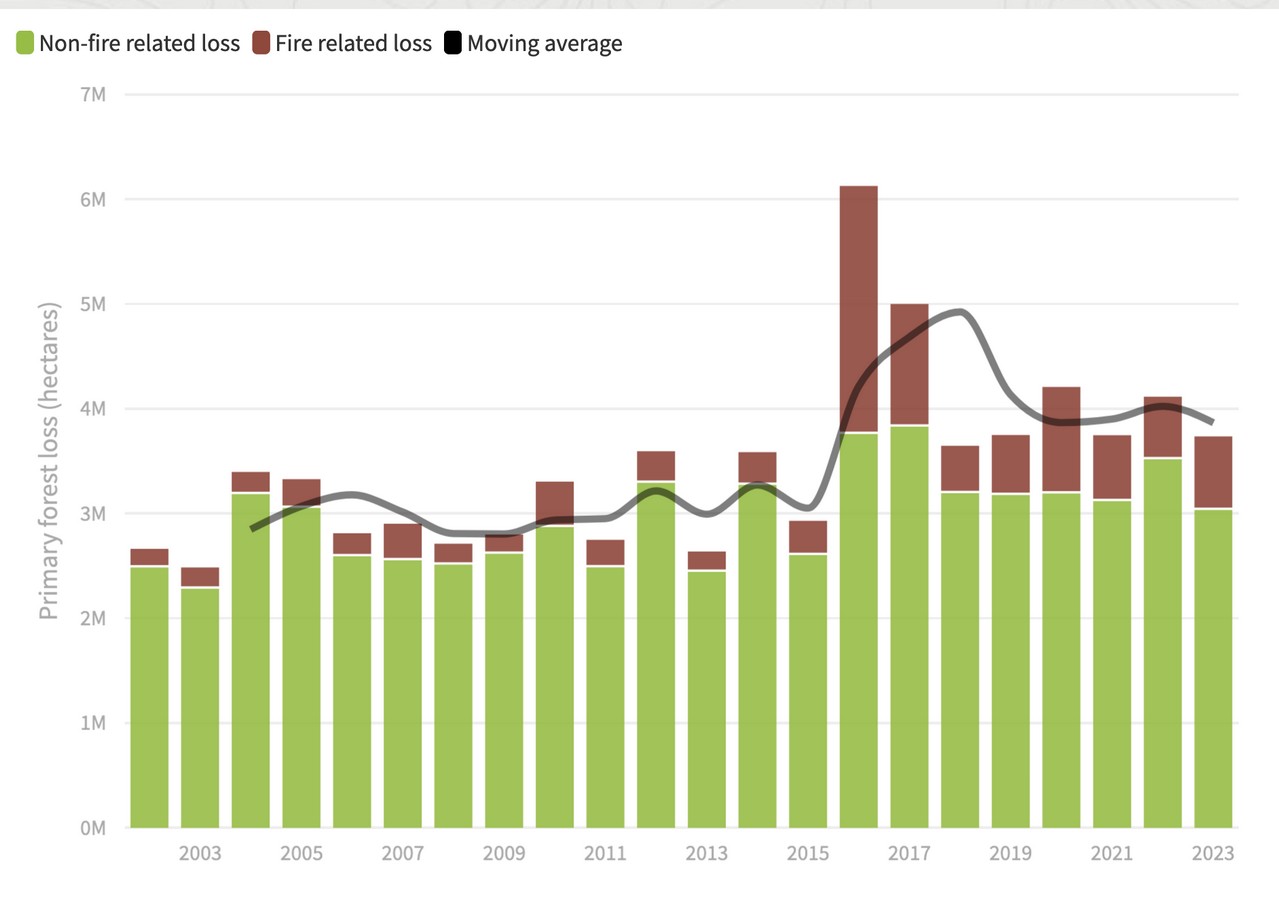
Figure 2. Loss of primary tropical forests between 2002-2023 due to fire and other causes. We can see that despite increasing, fires are a smaller part. The other causes are primarily mechanical clearing for agriculture and logging, as well as natural causes such as wind damage and river meanders. © World Resources Institute
Positive Feedback and Biodiversity Loss
The wounds of fire in the developed world are more “media-centric” due to their apocalyptic symbolism. A burning forest is the most devastating image of the Anthropocene. However, a wildfire brings more consequences than the destruction of the landscape, which is what is first perceived and frightens at first glance. Globally, scientists are more concerned about the positive feedback loop they cause. The burning of forests emits large amounts of greenhouse gases, and the loss of biomass reduces photosynthesis, thus less CO2 is absorbed from the atmosphere.
Moreover, the loss of green cover can change the Earth’s surface albedo (the ability to reflect sunlight). Burnt land is generally darker and absorbs more heat, triggering another positive feedback loop.
The effects on biodiversity are also significant. Food chains are disrupted, vegetation becomes more vulnerable to pests and diseases, and its growth capacity is damaged. Soils are exposed and susceptible to erosion, making recharging aquifers and groundwater layers difficult.
We Can Stop the Fire
According to a 2022 United Nations Environment Program (UNEP) report, the number of extreme wildfires worldwide is projected to surge by 50% by the end of the century. This is a stark reminder of the urgent need for action. The time to act is now.
Universal factors drive forest fires, and failures occur equally in all cases. Investments in fire-extinguishing technologies are insufficient; for example, the water dropped from specialized aircraft (the most widely used method) often does not reach the fire’s core as it evaporates due to the extremely high temperatures generated.
In recent years, resources such as flame retardants mixed with water, fire-resistant drones and robots, autonomous devices like fire-extinguishing balls (which burst to disperse water), and even low-frequency acoustic waves (to extinguish flames by destabilizing the surrounding air) have been developed. These elements help and can significantly aid in the fight against fires, but most experts point out that the focus should be on prevention and preparing governments and communities.
At the Centre for Wildfire Research at Swansea University in the United Kingdom, advances are being made in models to predict the severity of a fire and where and when it will occur. But for now, the urgent need is to plan actions such as increased surveillance, controlled burns, livestock grazing, the tracing of firebreaks, or the mechanical removal of dry vegetation in the most exposed areas, such as roadsides and urban areas.
Fires know no borders, which is why they are fostering hopeful international collaboration. This global effort, driven by bold governance, not only aids in extinguishing fires but also enforces prevention regulations that affect us all equally. It’s a united front against a common threat.
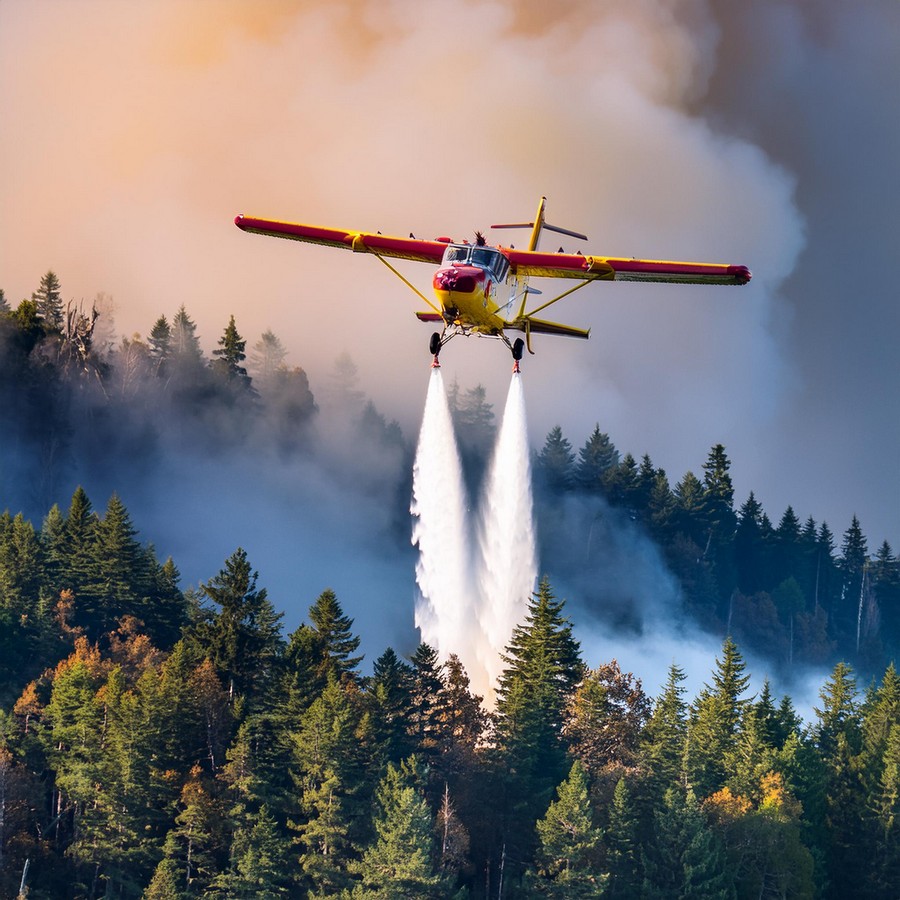
The water dropped from specialized aircraft (the most widely used method) often does not reach the fire’s core as it evaporates due to the extremely high temperatures generated.


